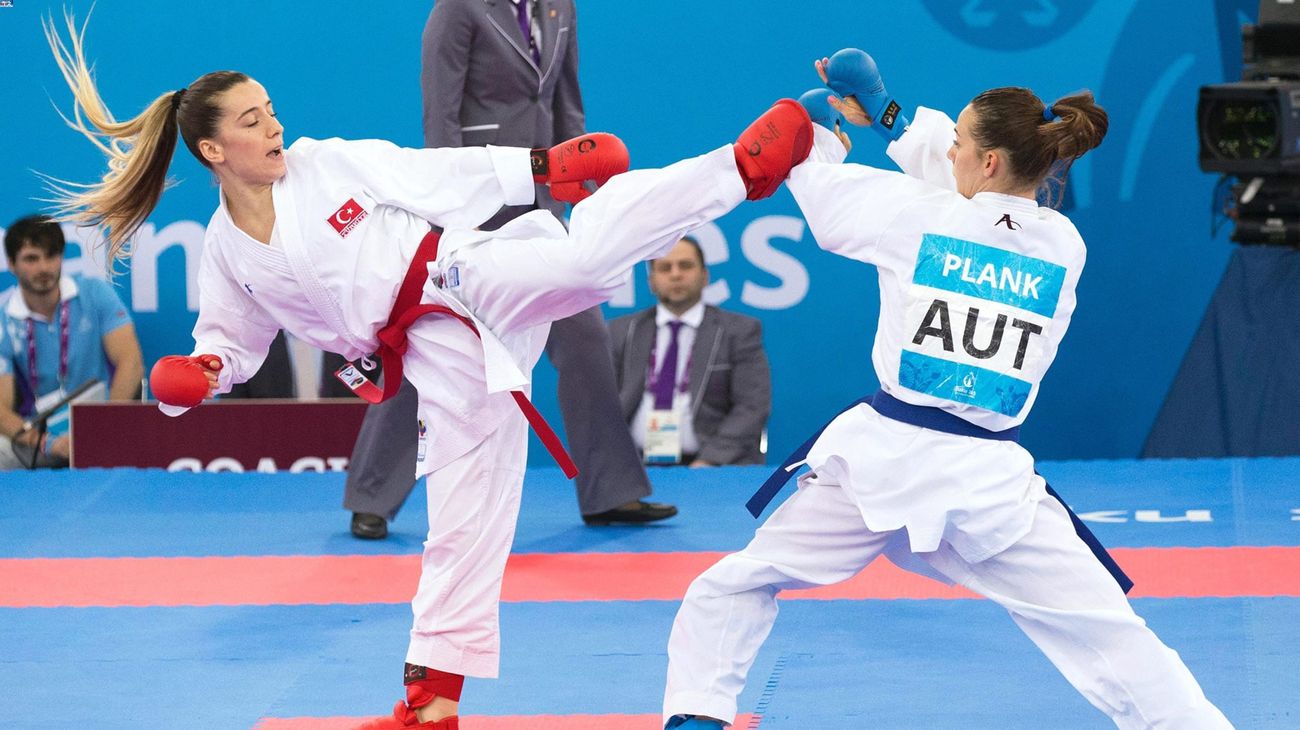
Karate is more than just a martial art; it's a way of life that has fascinated people for centuries. Originating from Okinawa, Japan, this discipline combines physical prowess with mental fortitude. Did you know that karate means "empty hand" in Japanese? This reflects its focus on self-defense without weapons. Practitioners, known as karatekas, train rigorously to master various techniques, from powerful punches to high-flying kicks. Karate also emphasizes respect, discipline, and humility, making it a holistic practice. Whether you're a seasoned black belt or a curious beginner, these 33 facts about karate will deepen your appreciation for this ancient art.
Origins of Karate
Karate, a martial art known for its powerful strikes and disciplined training, has a rich history. Let's dive into some fascinating facts about its origins.
- Karate originated in Okinawa, Japan, during the Ryukyu Kingdom period.
- The word "karate" means "empty hand" in Japanese, emphasizing its focus on unarmed combat.
- It was influenced by Chinese martial arts, particularly Fujian White Crane.
- Gichin Funakoshi, often called the father of modern karate, introduced it to mainland Japan in the early 20th century.
- Karate was initially practiced in secret due to a ban on weapons in Okinawa.
Styles and Techniques
Karate isn't just one uniform style; it encompasses various schools and techniques. Here are some key facts about its diversity.
- There are four main styles of karate: Shotokan, Goju-Ryu, Shito-Ryu, and Wado-Ryu.
- Shotokan, founded by Gichin Funakoshi, is known for its deep stances and powerful linear movements.
- Goju-Ryu combines hard and soft techniques, emphasizing breathing control.
- Shito-Ryu incorporates elements from both Shotokan and Goju-Ryu, making it a versatile style.
- Wado-Ryu blends karate with jujutsu, focusing on fluid movements and body evasion.
Training and Discipline
Karate training goes beyond physical techniques; it instills discipline and mental fortitude. Here are some insights into the training process.
- Karate practitioners are called "karateka."
- Training typically begins with kihon (basic techniques), kata (forms), and kumite (sparring).
- Kata are pre-arranged sequences of movements that simulate combat scenarios.
- Kumite can be practiced as pre-arranged drills or free sparring.
- Karate emphasizes the importance of respect, both for oneself and others.
Belt System and Ranks
The belt system in karate signifies a practitioner's level of expertise and dedication. Let's explore how it works.
- The belt system starts with white for beginners and progresses to black for advanced practitioners.
- There are usually ten kyu (student) ranks before reaching the dan (black belt) ranks.
- The black belt itself has multiple degrees, known as dan ranks.
- Achieving a black belt can take several years of dedicated training.
- Higher dan ranks often require contributions to the karate community, such as teaching or developing new techniques.
Karate in Popular Culture
Karate has made a significant impact on popular culture, inspiring movies, TV shows, and more. Here are some notable examples.
- The 1984 film "The Karate Kid" popularized karate in the Western world.
- Bruce Lee, although primarily known for Jeet Kune Do, trained in karate and incorporated its techniques into his movies.
- Chuck Norris, a famous martial artist and actor, holds black belts in multiple karate styles.
- The Teenage Mutant Ninja Turtles, a beloved cartoon series, features characters trained in karate.
- Karate has been featured in video games like "Street Fighter" and "Tekken."
Health Benefits of Karate
Practicing karate offers numerous health benefits, both physical and mental. Here are some reasons why it's good for you.
- Karate improves cardiovascular health through intense physical activity.
- It enhances flexibility and balance, reducing the risk of injuries.
- Regular training helps build muscle strength and endurance.
- Karate can aid in weight loss by burning calories and increasing metabolism.
- It promotes mental well-being by reducing stress and boosting self-confidence.
Karate in the Olympics
Karate's inclusion in the Olympics marked a significant milestone for the martial art. Here are some key facts about its Olympic journey.
The Final Kick
Karate isn't just about punches and kicks. It's a way of life that teaches discipline, respect, and self-improvement. From its ancient roots in Okinawa to its global popularity today, karate has evolved while staying true to its core principles. Whether you're a seasoned black belt or just starting out, there's always something new to learn and appreciate. Remember, karate isn't just a sport; it's a journey of personal growth. So, keep training, stay humble, and always strive to be better than you were yesterday. With every kata and kumite, you're not just honing your skills but also building character. Karate's rich history and profound philosophy make it more than just a martial art. It's a lifelong pursuit that offers endless benefits, both physically and mentally. Keep kicking, keep learning, and let karate guide you on your path to self-discovery.
Was this page helpful?
Our commitment to delivering trustworthy and engaging content is at the heart of what we do. Each fact on our site is contributed by real users like you, bringing a wealth of diverse insights and information. To ensure the highest standards of accuracy and reliability, our dedicated editors meticulously review each submission. This process guarantees that the facts we share are not only fascinating but also credible. Trust in our commitment to quality and authenticity as you explore and learn with us.


